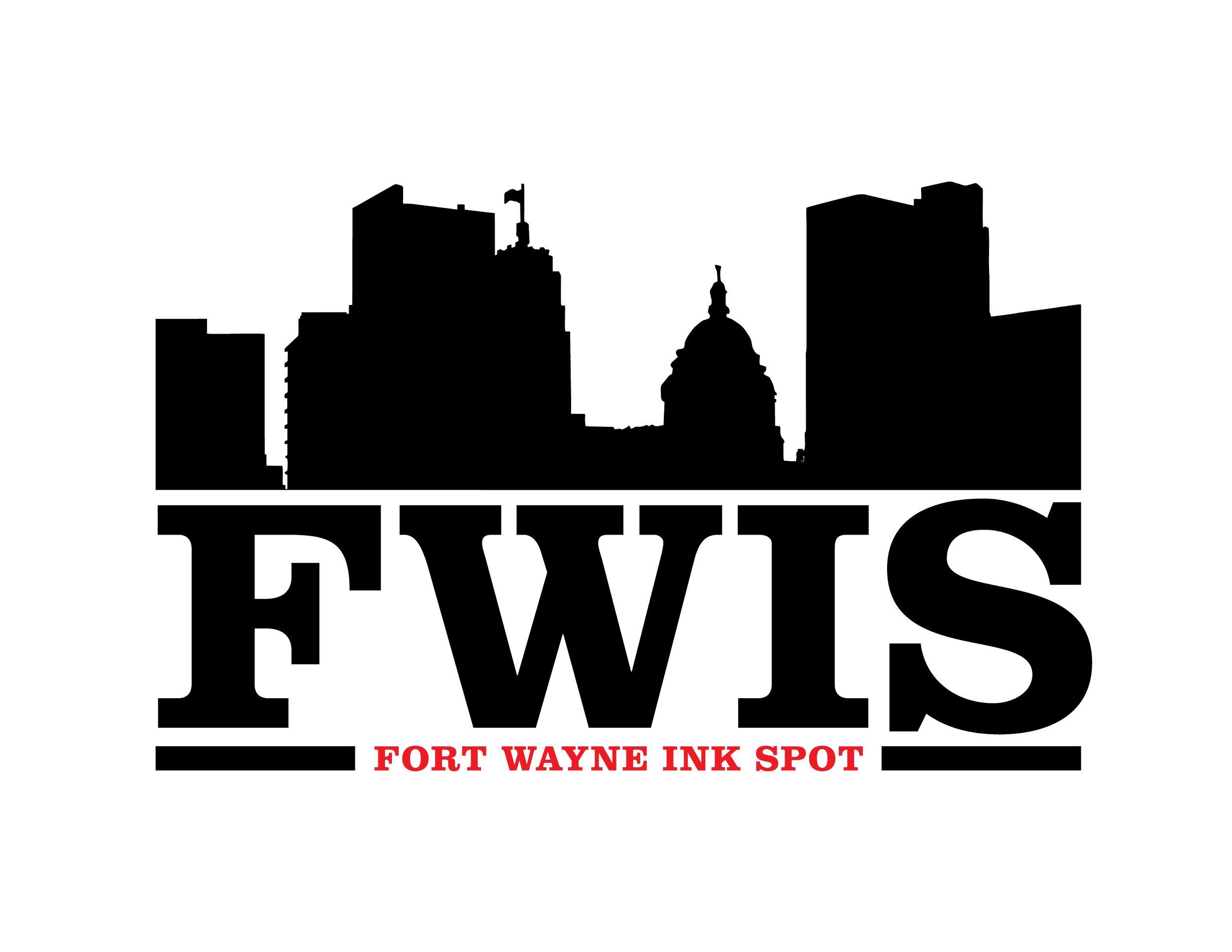In Touch With Juneteenth and Our Ancestors

By Betty Miller Buttram
FWIS Contributing Writer
Juneteenth was once celebrated as “Jubilee Day.” It was in the spring of 1865 when Union Army General Gordon Granger arrived in Galveston, Texas and announced to all the residents that enslaved people living in the state of Texas and other Confederate states had been freed by an Executive Order issued as the Emancipation Proclamation and signed by President Abraham Lincoln on January 1, 1863. Approximately 250,000 enslaved people in Texas received this jubilant news two and a half years after the signing of this historic document. The following year, the free slaves in Texas organized the first of what became the annual celebration of “Jubilee Day” on June 19th. For decades, this annual celebration of “Jubilee Day” featured music, barbeques, prayer services and other activities. As some African Americans moved away from Texas, they took the “Jubilee Day” celebration with them to other parts of the United States. In 1979, Texas became the first state to make Juneteenth an official holiday. In June 2021, Congress passed a resolution establishing Juneteenth as a federal holiday and President Biden signed it into law on June 17, 2021. That is the historical information that most of us know, and some of us do not. Pass it on before this historic African American story loses its meaning and is retold in a different voice. It is not all about the music and dancing; it is about freedom from bondage.
There is another story that we know about before and after Lincoln signed that documented paper. It is the story of the Underground Railroad, its conductors, the passengers, and their escaping bondage to get to freedom.
At the Jennings Center in Fort Wayne, adult classes were held during the spring on specific days and times for yoga, games, other activities, along with having lunch together. During one of these activities, a participant informed the group about a tourist attraction called Levi Coffin House that had been an Underground Railroad station stop in Fountain City in Wayne County, Indiana. The official name is The Levi and Catharine Coffin State Historic Site and is located at 201 US 27 North. On May 15, 2024, the group along with Lindley Kistler, Jennings Center Recreation Coordinator, made the 90-minute trip to Fountain City, Indiana to visit this historic site.
Levi Coffin was a Quaker abolitionist, businessman and humanitarian who became an active leader in the Underground Railroad in Indiana and Ohio. His home became a station stop for the Underground Railroad conductors who guided escaping slaves through Kentucky, where they typically crossed the Ohio River at one of three points: Madison, Indiana; Jeffersonville, Indiana; or Cincinnati, Ohio. Between the years 1826-1847, Levi and Cathrine Coffin provided food, clothing, and a place to hide and rest for the runaway slaves before they continued their journey to their next northern station stop.
The tour guide pointed out to the group that the main entrance of the home faces east along U.S. Route 27 (Main Cross Street) and that the eight-room interior includes furnishings in the style of a Quaker family living in Indiana during the 1840’s. Its original fireplaces, doors, floors, and portions of the home’s woodwork have been restored. The main floor entrance opens into a central hallway that includes a room on each side and a staircase leading to the second floor. The room on the left includes built-in bookcases that are original to the house and a fireplace. The room on the right served as the home’s parlor with a fireplace and leads to the dining room in the rear wing. It is a spacious dining room with a fireplace and stairs leading down to a kitchen and a spring room in the basement. A spring-fed well in the basement provided the home with access to fresh water. The second floor has three bedrooms and hiding places.
The Coffin home’s interior had several modifications that could have been used as hiding places for runaway slaves in case the house was searched. Most of the rooms have at least two exits. A secret door installed in the maids quarters in the rear addition on the second floor provided access for as many as fourteen fugitive slaves to hide in a narrow crawlspace between the walls. The beds were pushed against those walls whenever the slaves had to be hidden. The upstairs rooms accommodated slaves and the home had a large attic and storage garrets.
There were seven Underground Railroad Station stops in Indiana besides the Levi Coffin House. They were: Bethel A.M.E. Church, Indianapolis, Indiana; Eleutherian College Classroom and Chapel Building, Lancaster, Indiana; Lyman and Asenath Hoyt House, Madison, Indiana; Madison Historic District, Maidson, Indiana; Town Clock Church (now Second Baptist Church) Albany, Indiana; Quinn House within old Richmond Historic District, Richmond, Indiana; and Phanuel Lutheran Church, Southeastern Fountain County, Indiana.
The Levi Coffin House was purchased in 1967 by the State of Indiana. It was restored and then opened to the public in 1970. The site is a registered National Historic Landmark. Prior to 2016, the house was operated by the Levi Coffin House Association. In 2016, the Interpretive Center was built, and the Indiana State Historic Site is now operated by the Indiana State Museum.
Celebrate Juneteenth and remember the Underground Railroad. Ancestors jubilant at getting their freedom and ancestors running to escape slavery. It is history that must be remembered.
